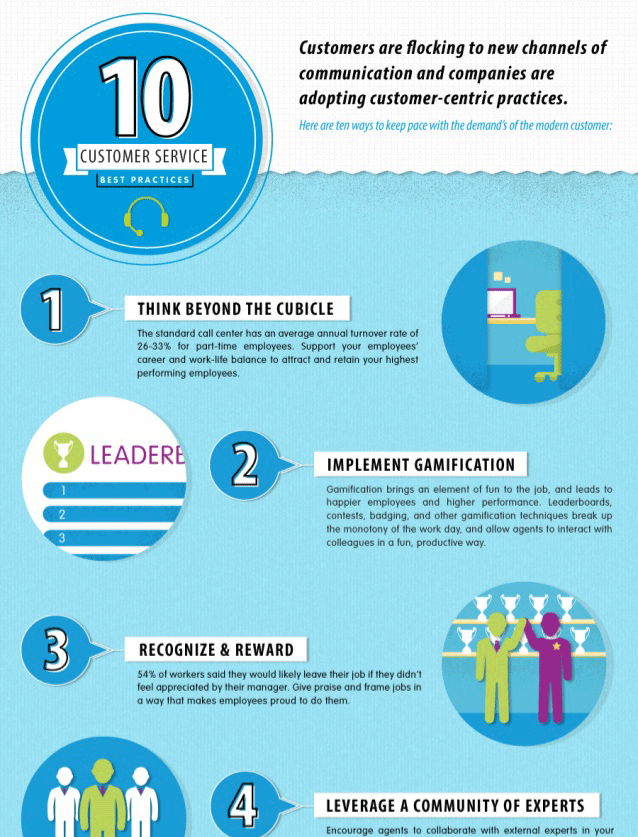 |
| Click the image above to view the full infographic. |
At a recent industry event, marketers from both B2B and B2C brands were in heated discussions about the complexity and sheer volume of social media traffic they needed to deal with. Service and support issues were far and away the biggest topic. The social marketers all fear missing that one Facebook post or Tweet that can escalate into a viral nightmare and damage the value of their brands. These are legitimate concerns made more difficult by the varying ability of automated listening systems and platforms to sift through everything picked up in the cloud. Add to that the need for overworked staff to be on top of all this data and you can see the potential for disaster. All of these brands have significant traditional call centers and add social teams to them as they can. Growing the social teams to meet the demand as customer ‘issues’ grow more social in nature is constrained by budgets and the ability to find qualified employees.
For many of these social marketers, it seems the joy of going to work each day is tempered by the fear of the lurking complaint that goes untended. And, that’s a shame since marketers by nature are an optimistic, ‘can do’ group of people. Adding to the pressure is the realization that not only do you need to recognize the issue but you need to respond—or at least acknowledge it—in increasingly faster response times. Long gone are the 24/36 hour windows. Achieving best in class status now means having at least one’ touch’ within four hours. Airlines, for example, have managed to narrow their response times to 30 minutes.
Accepted Best Practices for social customers include:
- Meet your customers where they are
- Know your customer before they contact you
- Leverage a community of experts to help solve reoccurring, common issues
- Reorganize and reward your customer to keep them engaged
So, how best to balance the need to find and ‘fix’ and also create value for the brand? Several of the marketers report that they look at the service issue as a unique opportunity to extend brand loyalty. Their research shows that their customers really appreciate being heard—even if a quick fix is not possible. They track the then positive social chatter as a measure of customer satisfaction and a way to maintain customer engagement.
What steps do you take to deal with the social torrent? Have any great examples of turning complaints into compliments?

Principal
Engaging your customers is at the heart of successful marketing programs. For more than 20 years, Cheryl has been building and executing content and thought leadership strategies designed to do just that. She is excited to be applying that well-honed skill to a help companies like Microsoft, Cisco, 3M, Intel, Capital One and Barclaycard tap into their stakeholder communities and build sophisticated content strategies.
Her experience base spans a range of industries – from technology and financial services to retail, travel, consumer products and healthcare. Cheryl has served as an integral member of her clients’ marketing teams, providing counsel on marketing and brand strategy, thought leadership, media relations, product introductions, and event management.
Prior to joining ComBlu, Cheryl spent 10 years leading corporate marketing for large, complex organizations.
